Hello! It’s been a bit since I’ve written here. A lot has been happening in life, and I’m excited to share what that is, and mark the start a new ‘season’ with you. 🌞
To keep it brief, I was accepted to the Master of Fine Arts program at the Nova Scotia College of Art and Design (NSCAD) in Halifax! So the past few months have been busy: wrapping up teaching at Sheridan College (very bittersweet), enjoying my last month in my apartment in Hamilton before making plans and moving to Halifax, and trying to squeeze in as much friends-and-family time as possible. My cat’s also been affected by all the action unfortunately, so there’s been a lot of vet visits… but she’s on the mend! 🐈💗 It’s been a busy period, but we’re here as of June 27th, just in time to ease into things with a short summer course I had signed up for, called Embodied Research.
About the course:
Embodied Research is an immersive summer research course designed to encourage students to expand the scope of their research methodologies and creative practices… structured as a series of intensive multi-day research excursions, encourages collaborative exchange by using play and experiential learning as a form of research.
My impression is that it’s basically a bunch of field trips with discussion + collaboration while making. And of course the ‘research excursions’ and ‘play and experiential learning’ bits appealed to me! So I’m aiming to use it as a bit of lead-in to the kind of research/making I’ll be starting full-time this September, and to explore and get to know Nova Scotia!
I’m also collecting and sharing material for the class on this Are.na channel (and shown below), and here, as weekly logs. I don’t have any firm ideas/plans for what I’ll make during the class; I’m noticing themes and ideas as they come up, which are reminding me at times of previous threads of thought and research. Maybe this will end up being a series of small experiments? Or a loose collection around a certain theme? Or a singular piece to be polished further? Ideally I’ll be able to share the way this thing grows organically with you here.
Our first planned meeting and trip as a class is coming up this week, but I ended up going on a trip with friends this past week, to Polly’s Cove and Peggy’s Cove outside of town. But first — I’ve been putting together my room at home, with a lot of kind donations from friends and trips to thrift stores/marketplace meetups and IKEA.
I had wanted to try and keep the cost and impact of getting my space set up low (I’m not so sure I did), so I had been thinking about DIY-ing some furniture/elements. I thought of Enzo Mari’s simplistic chair and found instructions recreated at Self-Assembly, a website by (I think) Ian Andersson that releases collections of DIY instructions to beautiful modern furniture.
 Enzo Mari’s Sedia 1 Chair
Enzo Mari’s Sedia 1 Chair
I want to try making one of the chairs! They feel doable in terms of the techniques and required sourcing of materials and tools. And there’s a bit of irony for me here, too: my father is a furniture maker who’s made a lot of beautiful chairs that I’ve grown up around and used. But I can’t say I’m knowledgable or competent at furniture-making myself. Last summer/fall we made a set of shelves together, which was a really fun project (and I think, turned out great!) and including a lot of learning moments. But a lot of the techniques and tools we used I couldn’t confidently re-use or get access to. I remember at SFPC, which promoted a very DIY scrappy approach to prototyping with cardboard, bare circuitry and a student-created classroom/workshop space, learning how to use a drill. Or rather– just getting to mess around with a drill and whatever scrap materials I could find. And it was really messy, fun and empowering!
Self-Assembly also has a library, which included an interesting essay by Andersson about DIY. In it, he gives a short history of contemporary ‘DIY culture’, explores the benefits of it (as well as answering, ‘why even bother to do it yourself when it’s cheaper and quicker to get it done for you?’), and how it ties into market, economy, and the value of labour. On the second point, I liked this bit:
The process of learning by doing can permanently reduce the mental limitations on the physical self. In other words, one is empowered to contribute more to the surrounding built environment than one previously thought possible or practical. This idea of learning by doing, as popularized by John Dewey, was intended for a school setting as a way to teach manual competencies in everyday life. In practice, the school day would present real life problems relating to cooking, building and sewing alongside teachings on reading and writing, for example. Schools in the West have generally failed to adopt this method or have offered courses on manual competencies as a minor accessory to the main curriculum, and instead they focus on teaching subjects related to those that are needed for higher education and employment. Essentially, we are taught what we need to find a job, and with that job we can pay for someone to do a variety of vital things for us. There are adults on this earth today, not of any particularly privileged social class, who have never cooked food for themselves. For them, cooking is do-it-yourself.
I still feel this tension when I consider making art vs. the other ‘vital things’ I get other people to do for me, like farming veggies etc. It’s an over-simplification, but I just mean that sometimes I feel very silly clicking around in Adobe Illustrator, which has somehow, as Andersson put it, become the ‘main curriculum’ of my education rather than, say, how to construct a rudimentary functional object.
But this quote also mentioned ‘learning by doing’, which is the point of this course. So… build a chair, as part of my coursework? Eh?
My friends and I also went to Peggy’s and Polly’s coves, a day-trip west of Halifax. It had been grey and raining constantly all week, and when we got to Polly’s Cove is was misty and wet. Polly’s cove is a loosely-defined trails (as in, choose-your-own-adventure) in, around, up and down the coast just east of Peggy’s.
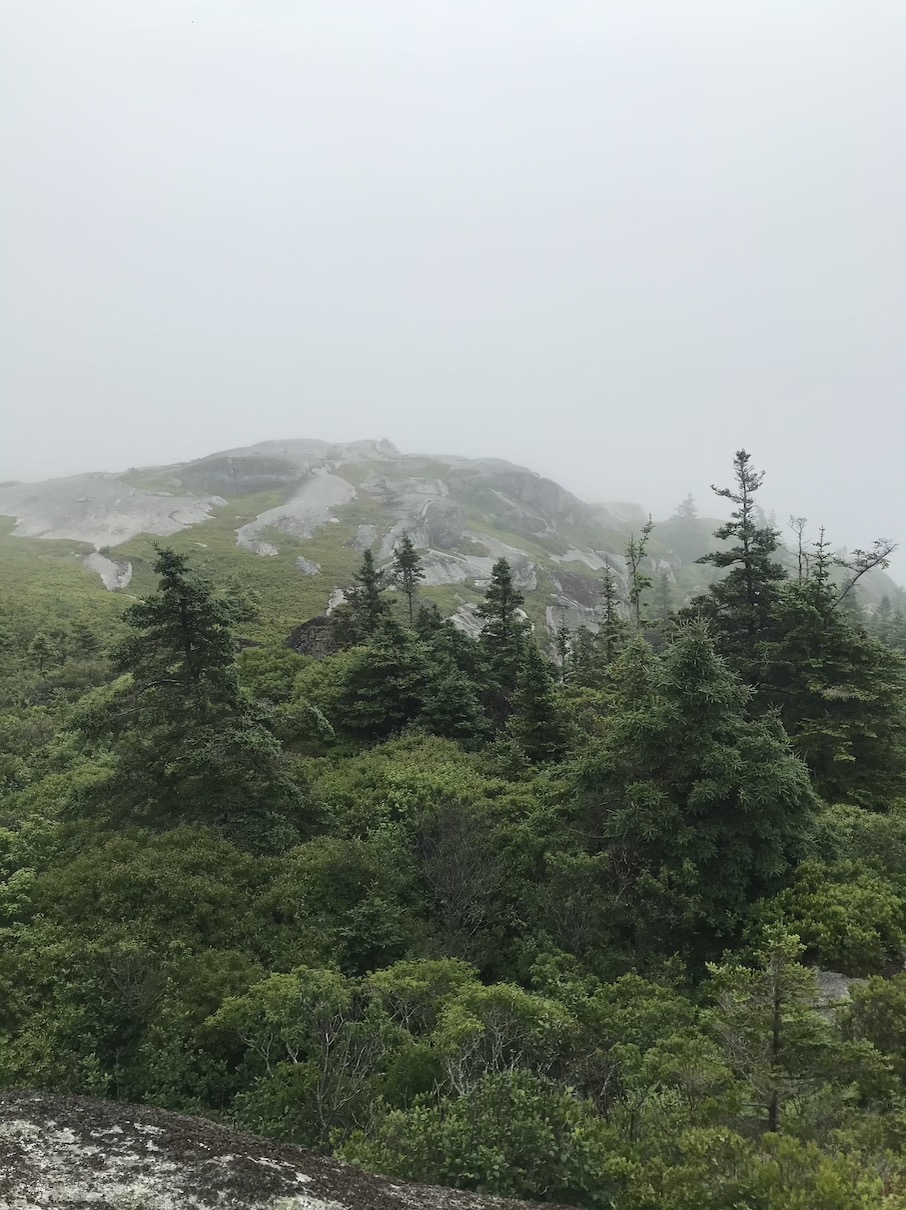
Trekking out from the road, it’s all boggy little ponds, spongy ground and thin, dark topsoil among large rocks. Here, there were tiny pink orchids and these dark plumby buds poking up, which quickly caught our attention:
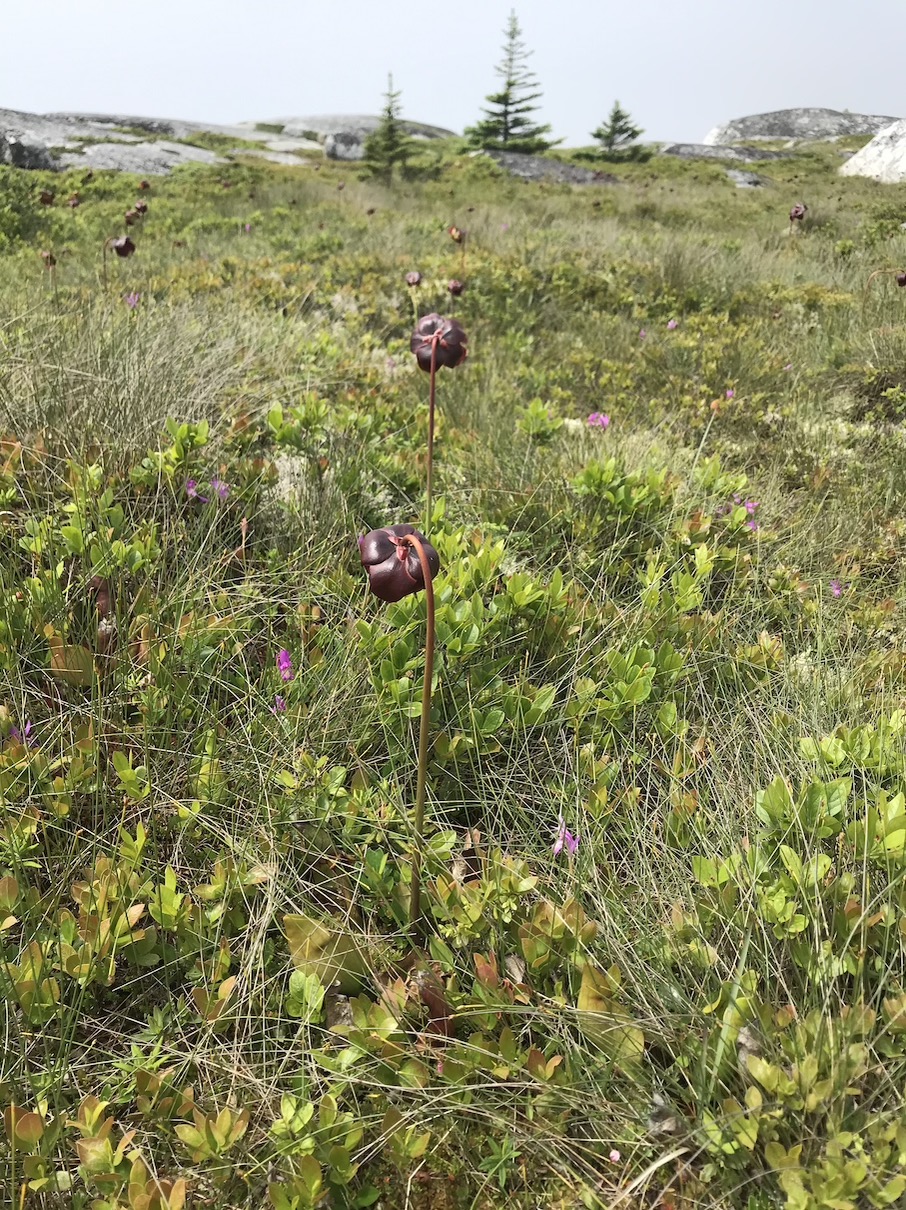
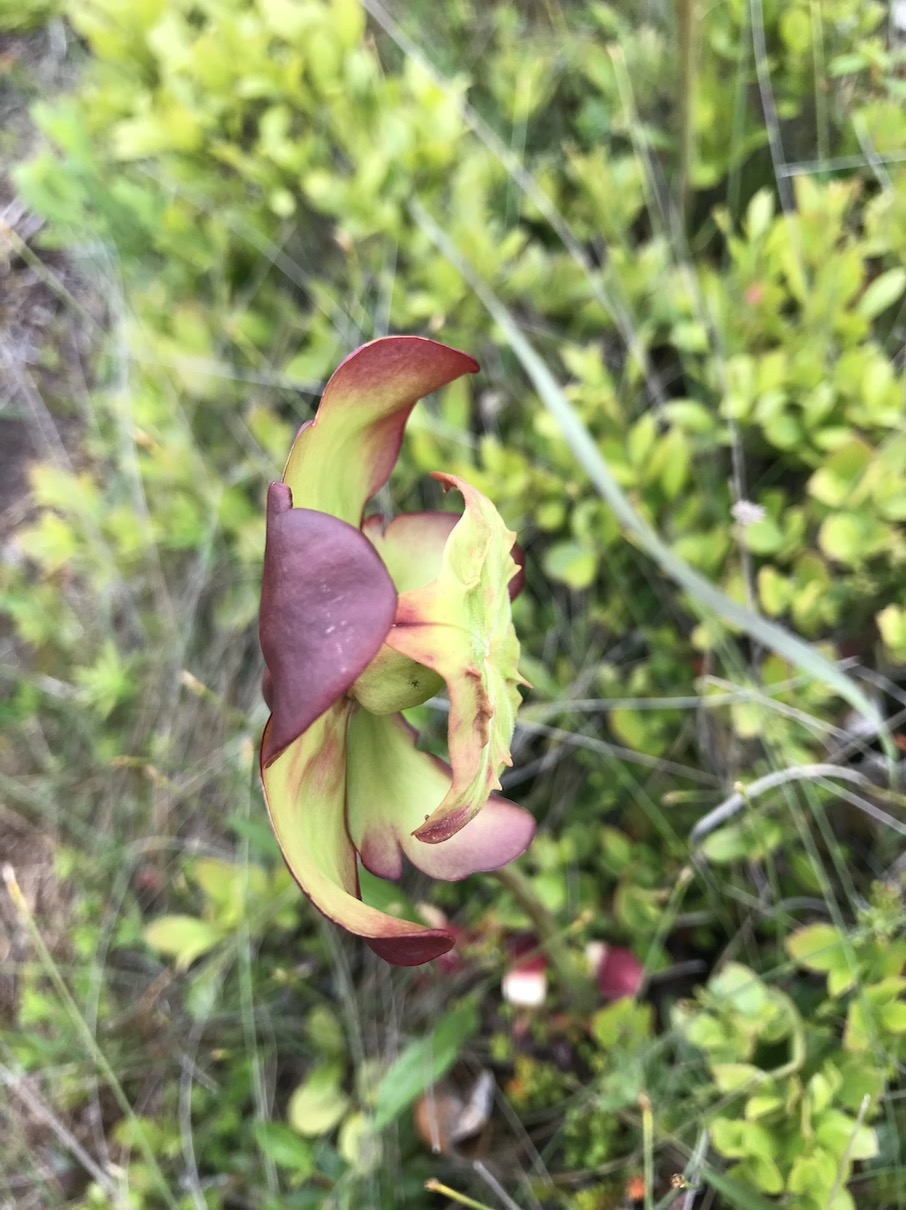
These are pitcher plants’ flowers. The main part of the plant are leafy bits or ‘pitchers’ closer to the ground that catch rainwater and collect insects that the plants eat. They’re carnivorous!
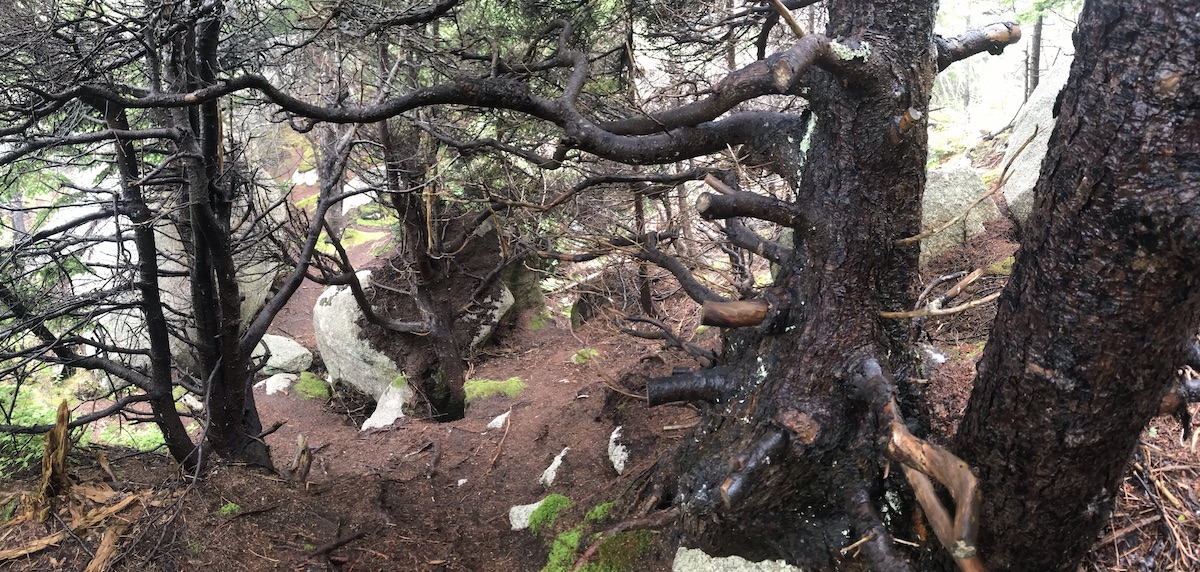
Clambering down into the rocky crevasses reveals hidden forests, streams headed towards the shore, and trees somehow perched on top of giant boulders. You can hear the water on the rocky shoreline, but dipping down between the stones it sometimes becomes so quiet, the sound cushioned. It smells musky, even a little sour sometimes. And then the shoreline reveals the water, the waves crashing against the rocks and the seaweed beds moving.

When we climbed back up, the clouds had parted — the first sun in days — and you could see across to Peggy’s iconic lighthouse. (We learned later that it is very possible to get a sunburn on a foggy/cloudy day!) Something about all the little topside trees and brush made it feel like a landscape in miniature.
We headed back and then onto Peggy’s, which was busy with tourists from everywhere. It’s a sweet teensy fishing village that’s known for its lighthouse. The last time I was there was before the May 24 weekend, and the shops were closed, but this time we were able to peek inside one that had lots of neat fishing gear: brightly painted buoys, found sea glass and old bottles, massive lobster claws and swordfish fins, a giant carved seagull, whale bones and an eel pot.
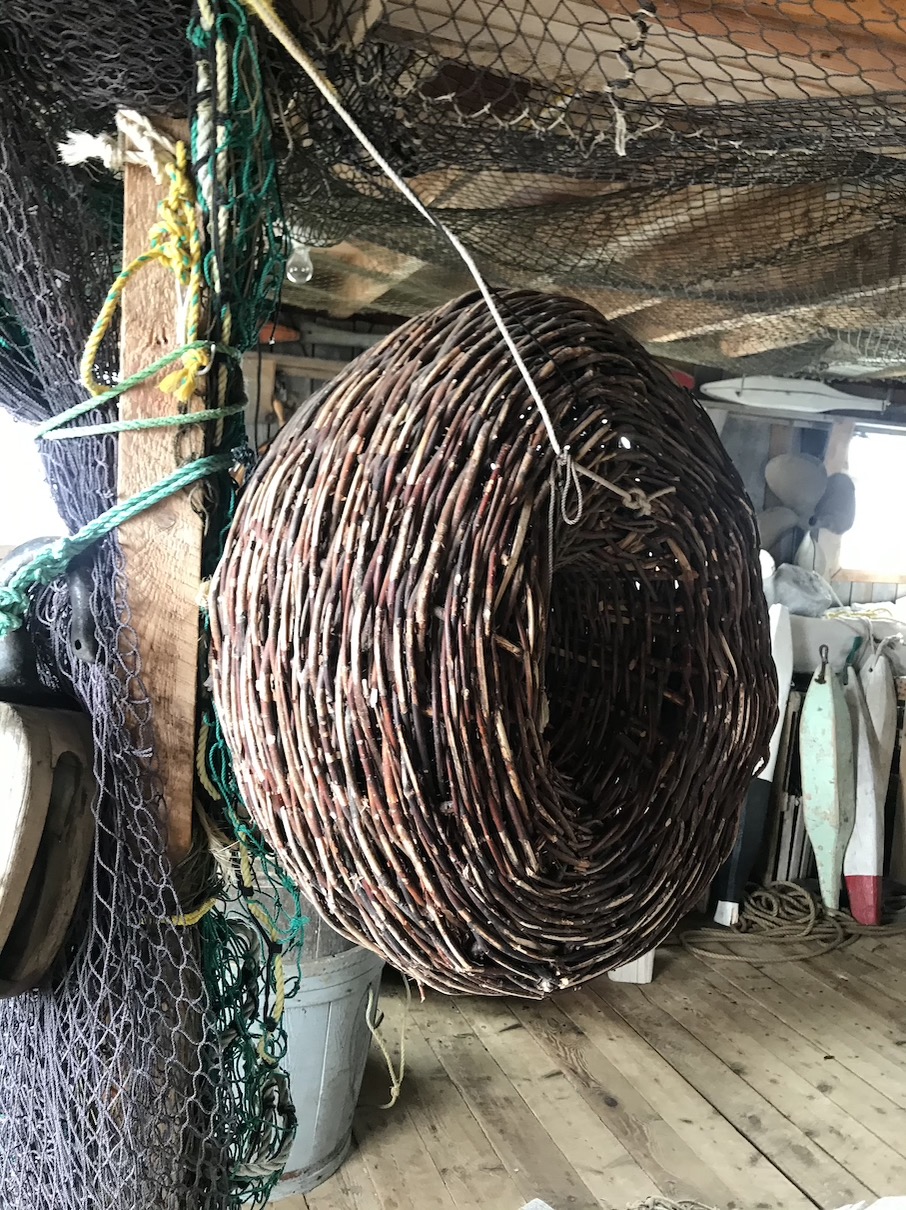 front of an eel pot, which includes a small tunnel that opens into the larger body where the eel end up, unable to find the entrance again
front of an eel pot, which includes a small tunnel that opens into the larger body where the eel end up, unable to find the entrance again 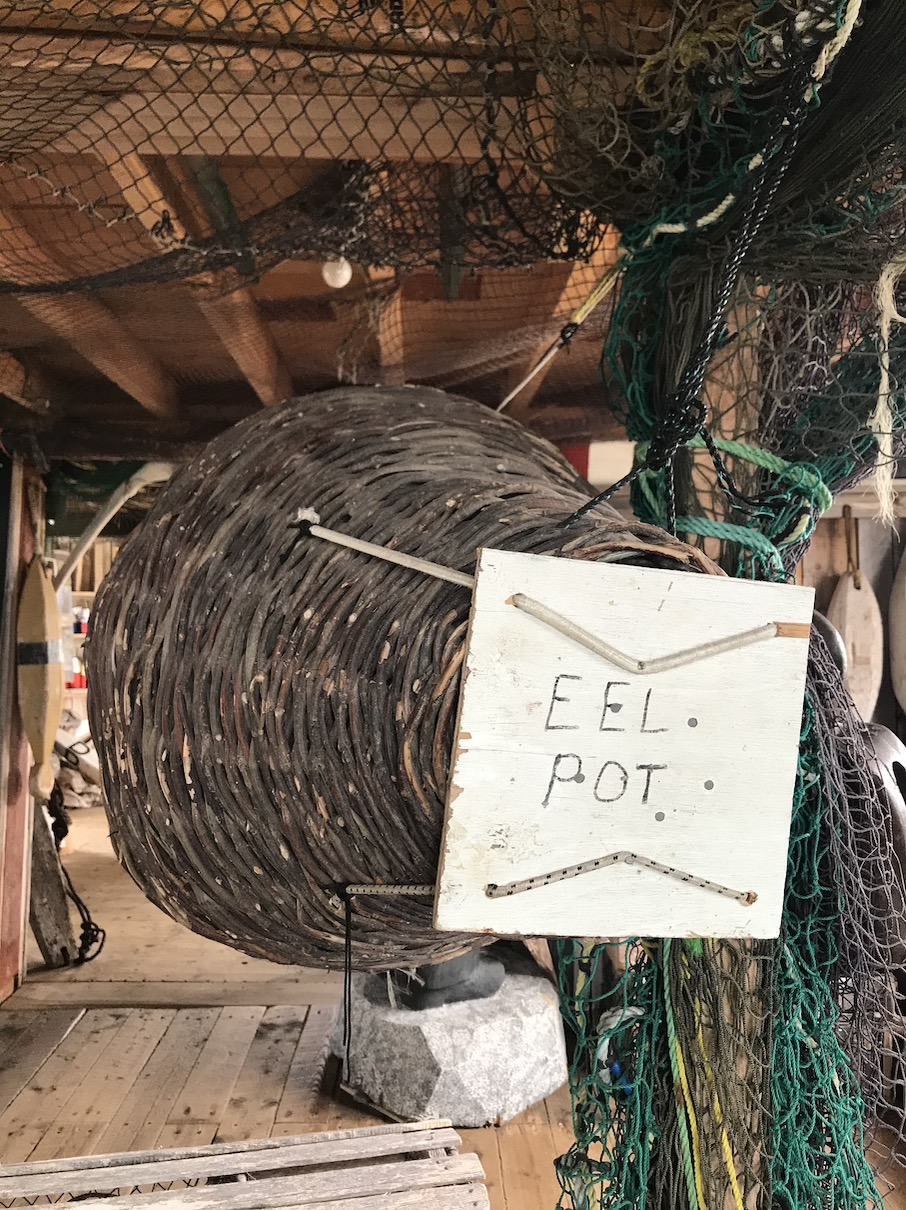 the back end of an eel pot
the back end of an eel pot
I love this eel pot! Something about it, the woven form… it reminds me of a klein bottle. It’s a bit of a black hole, or a vortex. It reminds me of some of the vessels I’ve drawn/made before.
Honourable mention goes to the lobster cages as well– I really like the flat and curved forms the netting is stretched into, and the effect of the differently coloured nets have when layered.
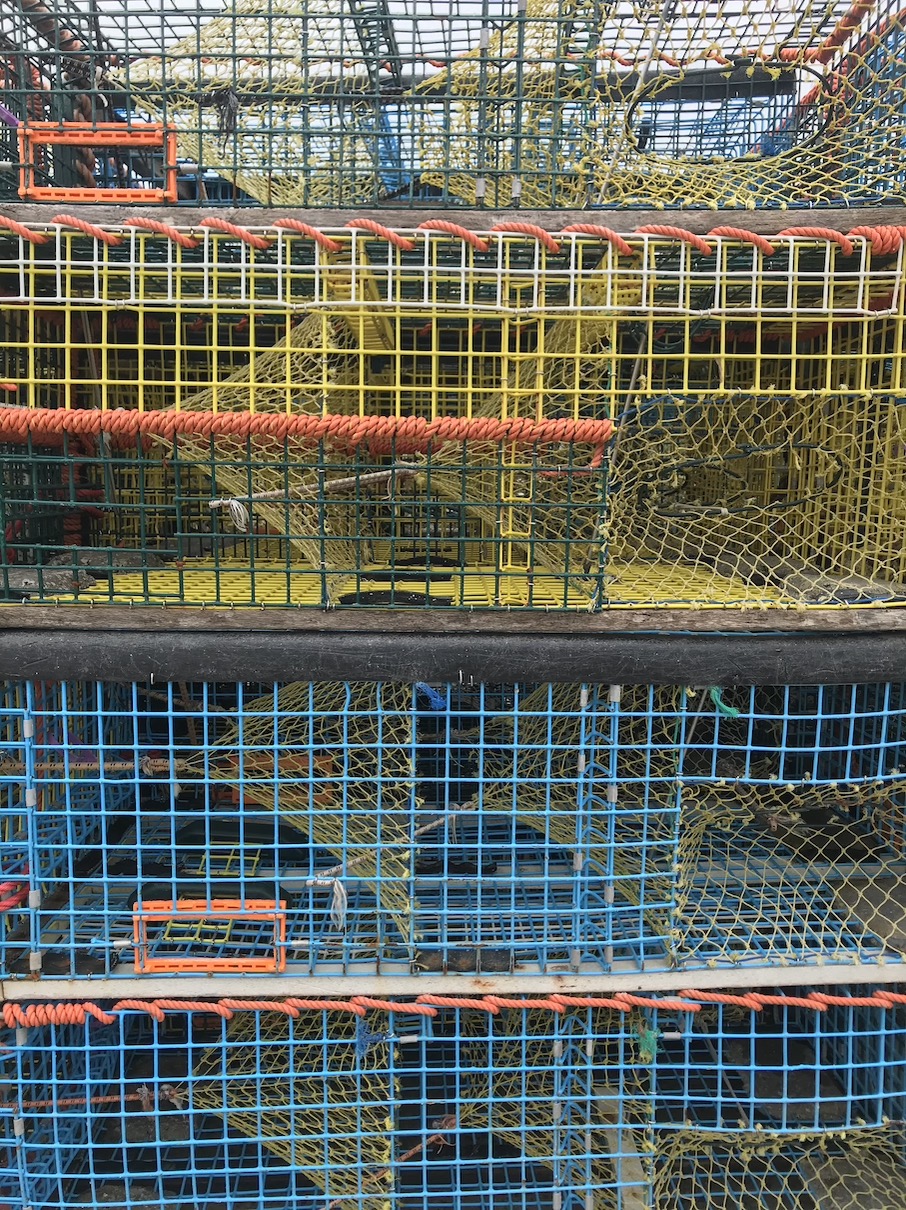
So what am I left with after all this? Some keywords:
What is a trap? I wonder if it exists on a scale.
to HOLD –––––––––––––– to TRAP
A couple initial connections:
See you next week! 🗺⛵️
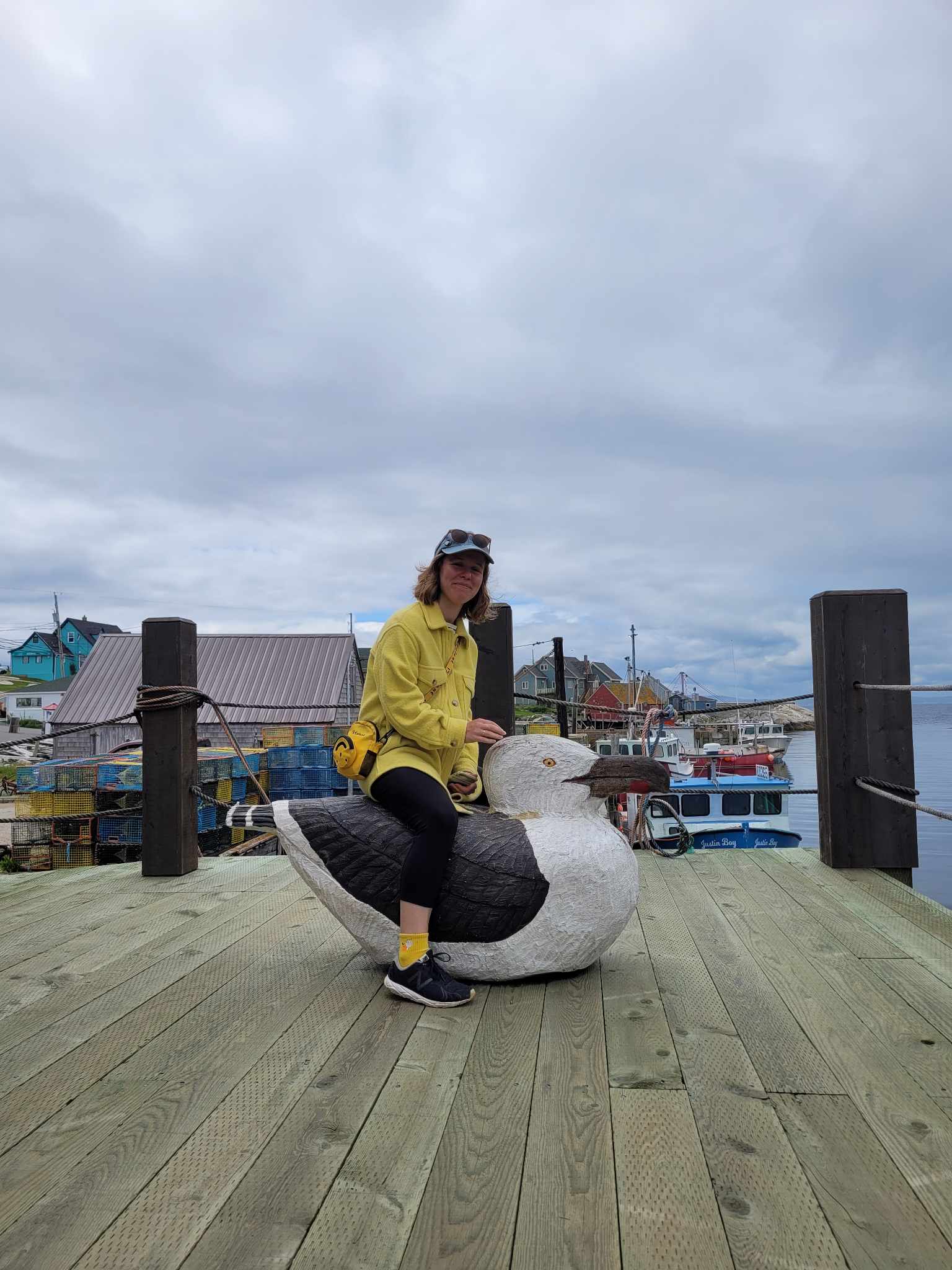 the best giant carved seagull
the best giant carved seagull
This post was also sent as an email letter via. my newsletter. If you’d like to get my letters sent straight to your inbox, you can subscribe here: